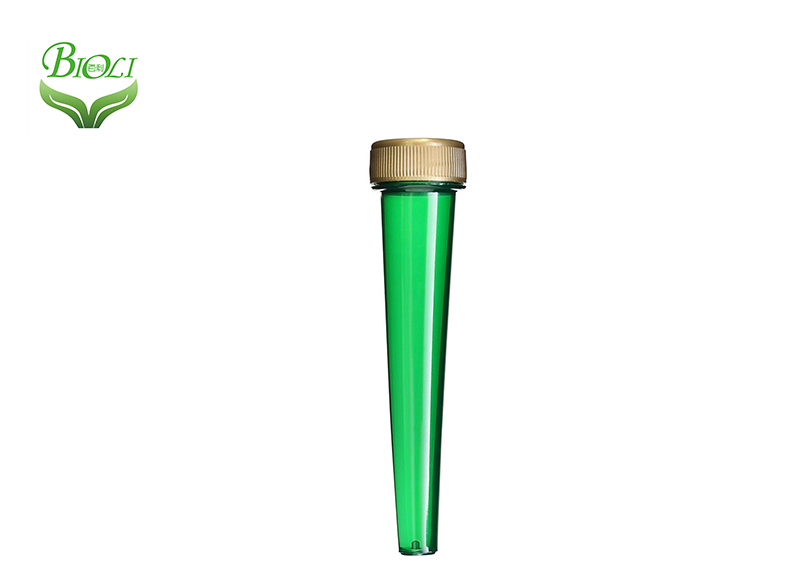

Conical centrifuge tubes that are often used in experim […]
Conical centrifuge tubes that are often used in experiments should be washed and dried after each experiment. Instruments used in different experiments have different requirements for drying. Generally, the beakers, conical flasks and other instruments in quantitative analysis can be cleaned and used, but many instruments used in organic chemistry experiments or organic analysis require drying, and some Require no traces of water, and some require no water. The instrument should be dried according to different requirements.
1. Drying (controlling drying) is not urgent, requiring general drying. After rinsing in pure water, dig out the moisture upside down in a dust-free place, and then dry naturally. The instrument can be placed on a shelf with oblique wooden nails and a glass cabinet with ventilation holes.

2. Dry the cleaned instrument to control the moisture and place it in an electric oven for about 1 hour at a temperature of 105-120°C. It can also be dried in an infrared lamp drying box. This method is applicable to general instruments. After drying, the weighing bottles used for weighing should be cooled and stored in a desiccator. When drying instruments with solid glass plugs and thick walls, pay attention to the temperature rise slowly and the temperature should not be too high to avoid cracking, and the measuring device should not be dried in the oven.
The hard test tube can be dried with an alcohol lamp. The test tube should be dried from the bottom with the test tube mouth down to avoid backflow of water droplets and bursting the test tube. When there is no water droplets, move the test tube mouth up to remove the water vapor.
3. Dry by hot (cold) air. For conical centrifuge tubes that are eager to dry or larger instruments that are not suitable for ovens, you can blow dry, usually with a small amount of ethanol, acetone (or ether after the last) Shake and wash the solvent (the solvent needs to be recovered) in the instrument that has been dewatered, and then blow it with a hair dryer, and start blowing with cold air for 1-2 minutes. When most of the solvent has evaporated, blow in hot air until it is completely dry, and then blow the residue with cold air , So that it no longer condenses in the container. This law requires good ventilation to prevent poisoning, and no exposure to open flames to prevent explosion of organic solvents.